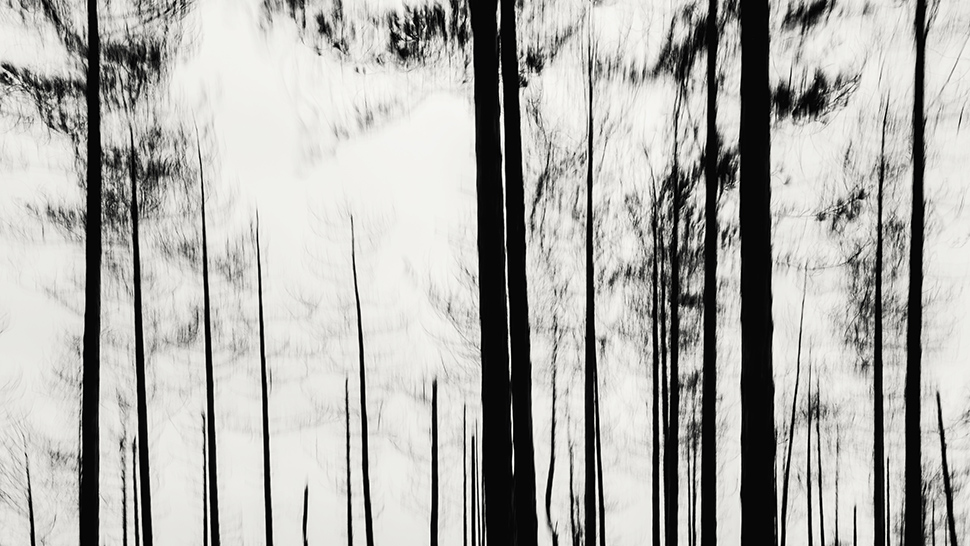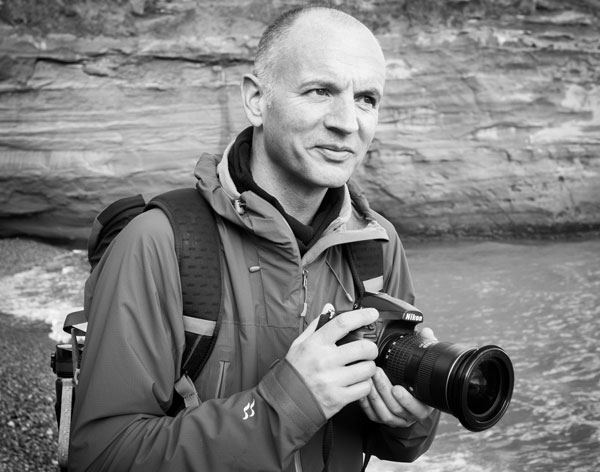

Benedict Brain is a UK-based photographer, journalist and artist. He is an Associate of the Royal Photographic Society and sits on the society’s Distinctions Advisory Panel. He is also a past editor of Digital Camera Magazine, and the author of You Will be Able to Take Great Photos by The End of This Book.
I was recently filming with Sigma Imaging in north Wales. We were making a new episode of their brilliant Britain’s Best Landscape Locations series, which you can see on YouTube. I love making images in north Wales – it’s one of my favorite locations. I am also a Sigma Ambassador, so they asked me to tag along and offer insight on where to photograph.
One of the things to consider when you photograph in north Wales is the weather: it’s fair to say it can be wet – sometimes very wet – and unpredictable. So it was no surprise that it was raining really hard with driving gale-force winds. It wasn’t conducive to making landscapes in a traditional style, nor helpful for making a film, and it soon became clear the day was going to require some creative compromises.
We’d aborted all attempts at our planned locations and scrutinized our various weather apps, chasing a break in the clouds – even a fleeting reprieve would do. We finally found a small window of relative dryness in Anglesey. While the revised locations didn’t have the mountain grooves we hoped for, we had to get something in the can.
At this point, we found ourselves in a small forest. Even with the meagre break from the relentless weather, I was reaching a creative hiatus and unsure what to do. The light was flat at best but I needed to do something. I couldn’t return empty-handed, so I dug deep into my creative toolbox. Soon, I started to experiment with intentional camera movement (ICM), albeit reluctantly.
I’m not a massive fan of ICM. Sure, it can look cool and has a fancy impressionistic vibe, but I find it a bit gimmicky. While some photographers do it exceptionally well, I feel it’s a creative cul-de-sac. There’s only so far the technique will take you – sometimes that’s far enough and that’s fine. However, to my surprise, I found my mojo. Not only did it revive my enthusiasm, but I liked the final results and thought they generally spoke to how I felt about the location and the day.
• Other articles in the Art of Seeing series
Read more:
• The 50 best photographers ever
• 100 best photography quotes from famous photographers
• The best coffee-table books on photography







